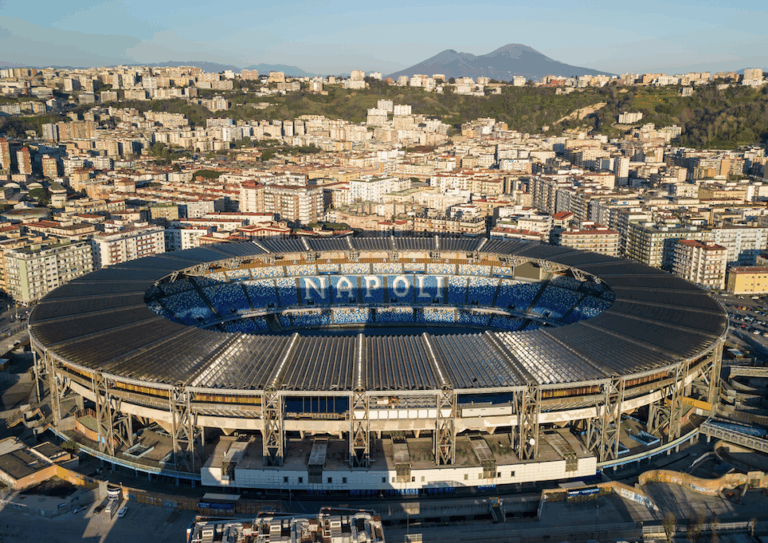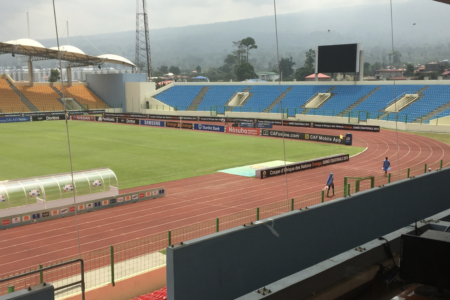A leading figure in Italian football has voiced fears that Italy could lose its right to co-host the European Championship in 2032 unless urgent progress is made on modernising stadiums.
Italy is set to share the tournament with Turkey in seven years’ time. While Turkey already boasts a wealth of modern arenas and upgraded infrastructure following two decades of investment, Italy is lagging behind, lacking 10 suitable stadiums to stage a 24-team, 51-match competition.
The alarm was first sounded earlier this year by UEFA President Aleksander Čeferin, who described Italy’s situation as “a shame” and said the country had “by far the worst infrastructure” among Europe’s footballing powers.
Those words resonated with Ezio Simonelli, president of Italy’s league governing body.
“I’m really worried about Euro 2032,” Simonelli told Italian state radio. “Is the candidacy at risk? I hope it’s just my concern, but when the president of UEFA says that our stadiums are in a comatose state and the Euros are in six years’ time, we risk not making a very good impression on an international level.
“It’s a shame, however, that, beyond Udine, Bergamo and Turin, the rest of our stadiums are in a comatose state. Ceferin has strongly criticized Italian stadiums and I agree with him.”
Many of Italy’s venues are outdated, with major projects such as replacing Milan’s iconic San Siro or renovating Rome’s Stadio Olimpico often slowed by red tape and lengthy approval processes.
“We are behind all the other countries,” Simonelli added. “In the last 18 years we have only inaugurated six stadiums, of which only three are in Serie A. In the rest of Europe, 226.
“I am very worried. We are pressing the government to streamline the procedure and thus silence the famous ‘no committees,’ which in Italy never get anything done, and the authorities that are supposed to protect cultural heritage.”
Currently, only Udinese, Juventus, and Atalanta have new or significantly modernised grounds, largely thanks to the fact that they own their stadiums. The majority of Italy’s other top-flight clubs remain tied to council-owned arenas, complicating redevelopment plans.
The ongoing debate over the future of San Siro underlines the challenges. Inter Milan and AC Milan first unveiled proposals for a new stadium on the existing site in 2019 but, faced with delays and bureaucratic hurdles, both clubs began exploring alternative locations. Now, the focus has shifted again, with the two clubs preparing to buy the San Siro and surrounding land from the city council—though questions remain over whether to demolish or preserve the century-old ground.
San Siro, built in 1925 and rebuilt in 1955, remains Italy’s largest stadium with an 80,000 capacity. It is also scheduled to host the opening ceremony of the 2026 Winter Olympics.
“I don’t understand what type of protection there should be for a stadium like San Siro,” Simonelli said. “It’s a hundred years old, it was rebuilt in 1955 and there is debate as to whether it was inaugurated before or after November. These are absurd things.
“It’s a stadium that is no longer functional for playing soccer and welcoming people with dignity. You just need to go to the San Siro bathrooms to realize this. A new stadium needs to be rebuilt, full stop, putting an end to all these senseless diatribes.”





